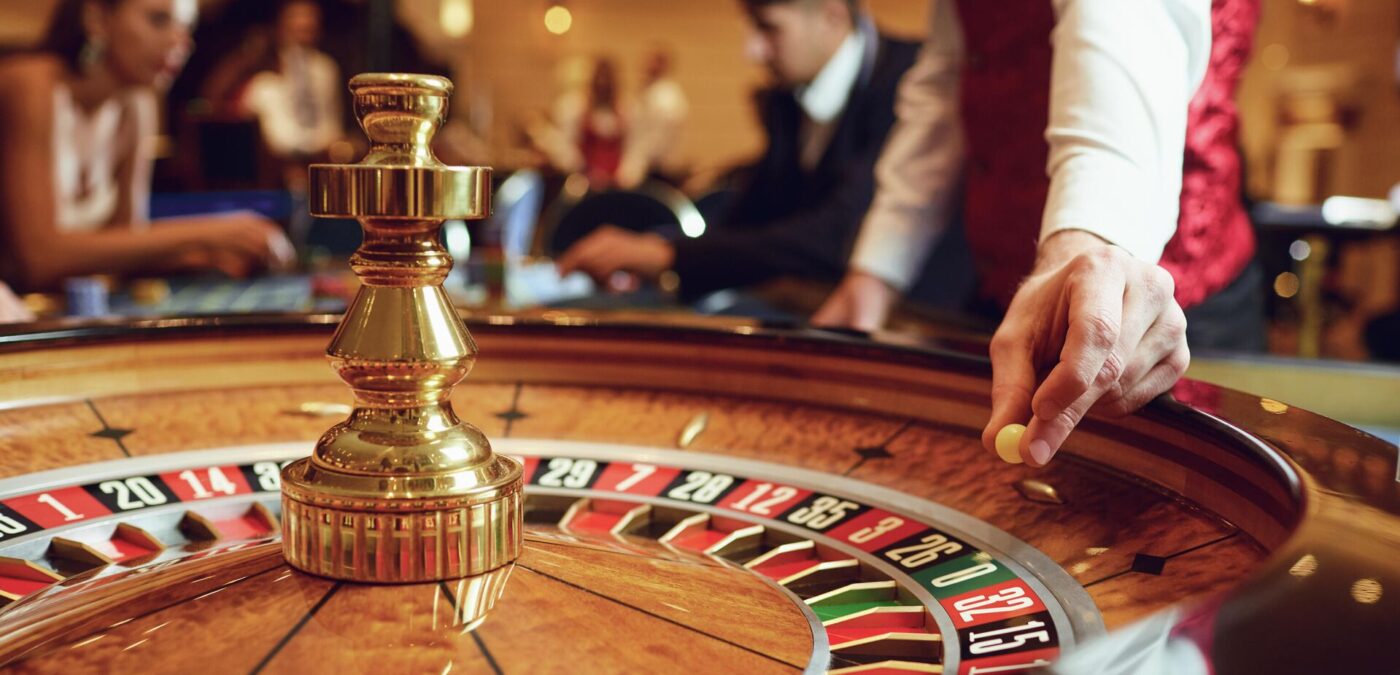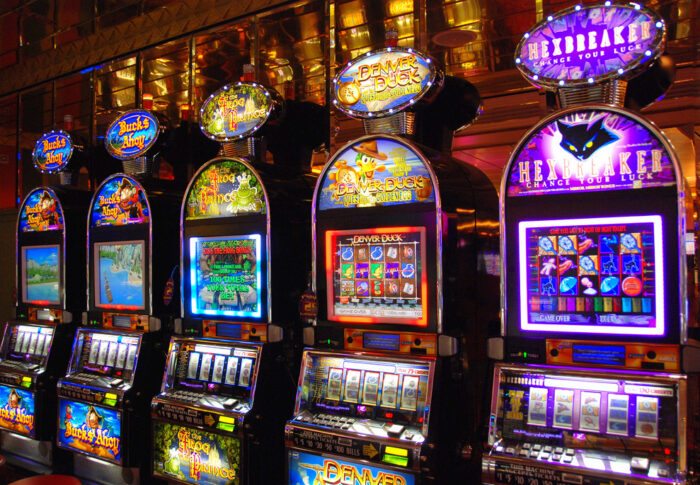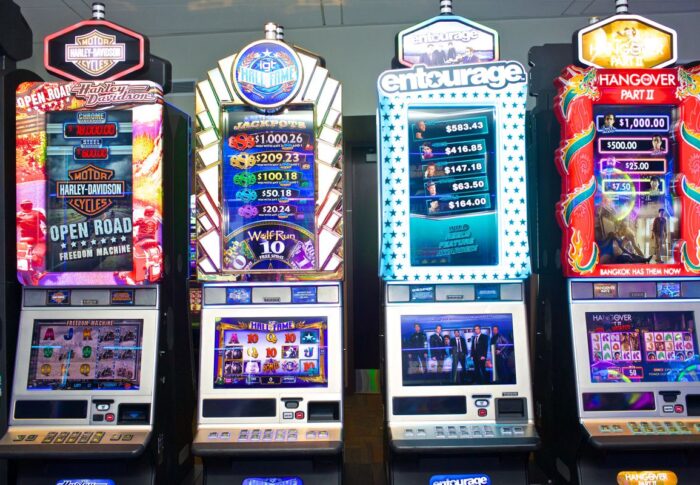
Cracking the Code: The Intricate Psychology Behind Slot Machine Winning Strategies
In the scurrying world of casinos, the allure of place machines is hard to resist. But have you always wondered reason some players appear to strike it opportune more often than possible choice? Beyond the flickering lights and attractive sound effects, the medicine behind slot machine trick holds the key to understanding the strategies that performers employ to increase their chances of winning.
The Power of Near Misses
One of ultimate intriguing mental aspects of opening machines is the concept of the “near hit.” These are situations place the symbols on the reels join just one position away from a triumphant combination. Studies have proved that these near misses produce a sense of anticipation in the mind, akin to a reward, in spite of no actual prize has happened won. This wonder encourages players in the second place playing in hopes of a near hit turning into a win.
The Illusion of Control
Slot machines frequently give performers the illusion of control over the consequence, even though the results are contingent upon random number engine converting energy (RNGs). Features like “Hold” and “Nudge” buttons on some machines create the understanding that a player’s determinations can influence the outcome. This delusion fuels engagement and can bring about prolonged gameplay, as performers believe they can strategically maneuver the results.
Variable Rewards and Dopamine Surges
Slot machines are designed about the principle of variable rewards, that taps into the brain’s dopamine structure. Dopamine, often refer to as the “feel-good” neurotransmitter, is released when surprising rewards are received. The changeable nature of place wins triggers dopamine surges, making players feel happy and motivated in the second place playing happening that next thrilling win.
The Role of Sound and Visuals
Casino opening machines are equipped accompanying a symphony of sounds and shimmering lights, carefully measure to create an immersive happening. The jingle of coins, the whizzing of reels, and the celebratory sounds that are pleasant, harmonized all contribute to the overall audiovisual appeal. This sensory provocation is carefully organized to reinforce certain associations with triumphant, making players more inclined keep acting.
Loss Aversion and the Gambler’s Fallacy
The psychology of gambling mechanism play is also entangled with intelligent biases such as loss dislike and the gambler’s misconception. Loss aversion refers to the bias to feel losses more intensely than gains, leading performers to chase their losses in the hopes of changing their luck. The gamester’s fallacy, on the other hand, is the superstition that past outcomes influence future results. Players concede possibility erroneously contemplate that a machine is “due” for a win following in position or time a series of deficits, which can bring about extended play.

Personalization and Player Profiles
Modern science has enabled casinos to customize place experiences established player sketches and preferences. Loyalty cards and mathematical tracking admit casinos to tailor rewards, bonuses, and game options to individual performers. This personalization forges a sense of familiarity and engagement, bright players to return and play often.
Conclusion
The psychology behind gambling mechanism games is a complexity of intricate plans designed to enchant players and keep ruling class coming back for more. The interaction of near misses, changing rewards, illusions of control, and the sonic symphony all enhance the mesmerizing appeal of these entertainment. Understanding the psychological systems at play empowers players to make cognizant decisions and approach place machines with a more apparent perspective on the determinants influencing their gameplay selections.






